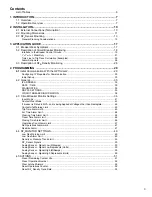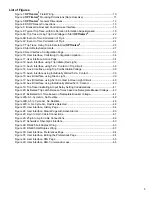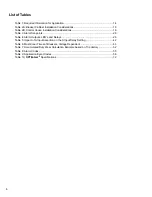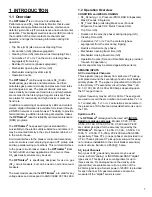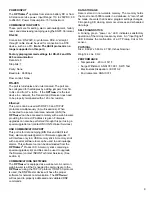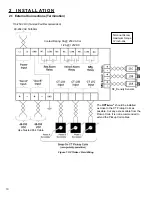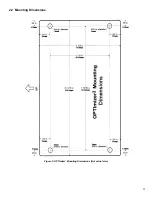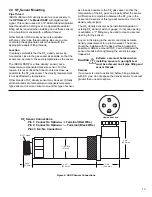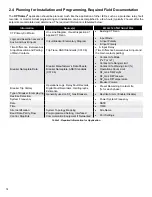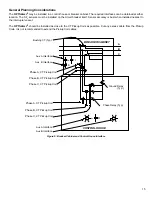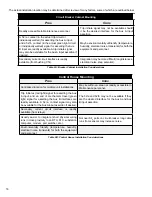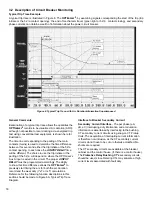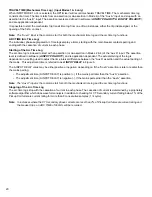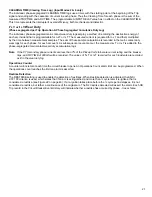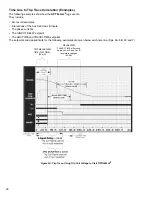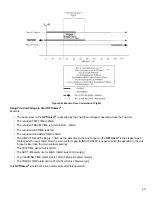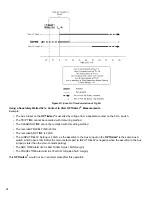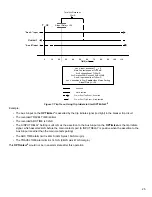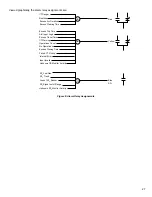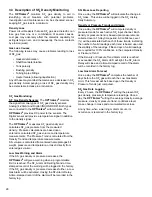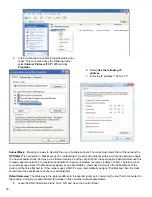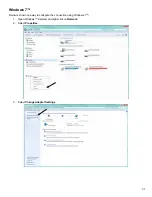
17
3 APPLICATION GUIDE
3.1 Breaker Wear Symptoms
Breaker Wear Symptoms
Power circuit breakers exhibit symptoms of wear from
the stresses of operation. The wearing of a breaker may
adversely affect the mechanism, the dielectric capabilities
for extinguishing an arc, and the main contacts by erosion
due to duty (wear).
Mechanism Condition
The mechanism operation during a trip essentially consists
of three events:
• Trip Latch Operation
• Travel Mechanism Operation
• End of Travel Mechanism (dashpot, including
preparation for closing)
• Closing Mechanism Operation
Samples of issues that may cause problems within the
mechanism are:
• Poor trip coil action due to high impedance or
shorted turns
• Sticking in the latch
• Lack of lubrication
• Binding of components
• Bearing wear or seizure
• Compromise in the stored energy system (spring,
pneumatics)
Any of these may manifest themselves as a decrease
in the breaker travel velocity. Accompanying a slowing
in velocity would be a detectable increase in transit time
from the closed to tripped (open) position. This is due to
the relationship of V T = D, where V is velocity, or rate
(in. / sec.), T is time (secs.), and D is distance (in.).
Solving for T, the equation transforms to T = V / D. Any
decrease in velocity must be accompanied by an increase
in time. In the case of a power circuit breaker, if the time
interval between two signals is monitored, one being
the beginning of travel and the other the end of travel,
increases in transit time can be detected.
The
OPTI
mizer
2
monitors trip response time and
mechanism travel transit times (open and close) to aid in
determining the condition of the mechanism, and predicting
when maintenance is needed.
Dielectric Capability
The ability of a circuit breaker to extinguish an arc can
be monitored by examining the amount of time an arc is
present after a trip command to the breaker is given. If the
mechanism transit time remains constant, but an increase
in arc duration is noted from a baseline level, some
“dielectric” compromise can be assumed to have occurred
in the arc chamber. Samples of issues that may cause
problems in the ability of a circuit breaker to extinguish an
arc are:
• Contaminated oil
• Contaminated gas
• Low gas density
• Worn baffles
• Nozzle ablation
The
OPTI
mizer
2
monitors SF
6
gas density to aid in
determining if maintenance is needed to prevent loss of
dielectric and to predict when gas needs to be added.
The
OPTI
mizer
2
monitors arc duration time to aid in
determining the condition of the dielectric quality within the
arc chamber, and predicting when maintenance is needed.
The
OPTI
mizer
2
monitors phase segregated I
2
x T or
I x T values from each operation, and maintains a phase
segregated summation log of the cumulative duty that each
pole has undergone to aid in determining the condition of
the main contacts within the arc chamber.
Main Contacts Erosion Due to Duty
The main contacts of a circuit breaker erode (wear) from
the heat present during the arc interval. The relationship
for breakers with a medium (air, gas, oil) is expressed
in ANSI C37.06, Rating of Power Circuit Breakers on a
Symmetrical Basis, as a d
I
/ dT function, which can be
reduced to an
I
2
x T
expression.
The erosion of the main circuit breaker contacts is directly
proportional to the
I
2
x T
present during each arc. To
effectively measure the
I
2
x T
during the arc interval, steps
must be taken to insure that DC offset is included in the
calculation, and the sampling rate is high enough to insure
that harmonics present within the arc are also accounted
for in the calculation.

